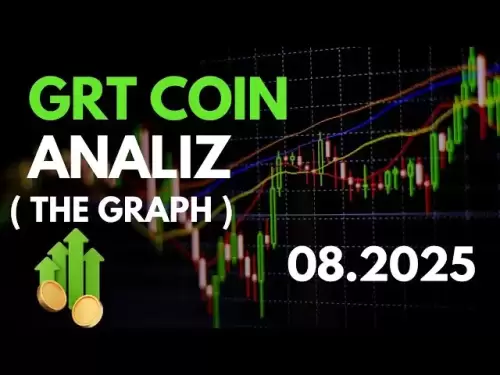-
 Bitcoin
Bitcoin $120500
1.76% -
 Ethereum
Ethereum $4193
-0.48% -
 XRP
XRP $3.234
1.03% -
 Tether USDt
Tether USDt $0.0000
-0.02% -
 BNB
BNB $798.6
-0.32% -
 Solana
Solana $179.3
-0.68% -
 USDC
USDC $0.9999
0.00% -
 Dogecoin
Dogecoin $0.2289
-1.49% -
 TRON
TRON $0.3405
-0.02% -
 Cardano
Cardano $0.7935
-0.01% -
 Hyperliquid
Hyperliquid $45.02
2.78% -
 Chainlink
Chainlink $21.44
-1.58% -
 Stellar
Stellar $0.4458
1.47% -
 Sui
Sui $3.756
-1.70% -
 Bitcoin Cash
Bitcoin Cash $590.0
3.98% -
 Hedera
Hedera $0.2543
-1.15% -
 Ethena USDe
Ethena USDe $1.001
-0.02% -
 Avalanche
Avalanche $23.48
-0.60% -
 Litecoin
Litecoin $127.5
4.38% -
 Toncoin
Toncoin $3.313
-0.65% -
 UNUS SED LEO
UNUS SED LEO $9.006
0.51% -
 Shiba Inu
Shiba Inu $0.00001322
-1.23% -
 Uniswap
Uniswap $10.69
0.49% -
 Polkadot
Polkadot $3.951
-1.48% -
 Dai
Dai $1.000
-0.01% -
 Cronos
Cronos $0.1650
2.94% -
 Ethena
Ethena $0.7955
6.47% -
 Bitget Token
Bitget Token $4.424
-0.39% -
 Monero
Monero $268.1
-1.22% -
 Pepe
Pepe $0.00001168
-2.62%
how to create tron wallet
To ensure robust digital asset guardianship, establishing a dependable TRON (TRX) wallet is imperative, with options ranging from the highly secure hardware wallets to the convenient web wallets.
Nov 06, 2024 at 03:59 am

How to Create a TRON Wallet: A Beginner's Guide to Securely Storing TRON (TRX)
TRON, a blockchain platform designed to host decentralized applications (dApps), has gained significant traction in recent years. With its fast transaction speeds and low fees, TRON has become a popular choice for developers and users alike.
However, as with any cryptocurrency, it is important to store your TRON securely to protect against theft or loss. This guide will provide you with a step-by-step explanation on how to create a TRON wallet to safely manage your TRX holdings.
Step 1: Choose a TRON Wallet Type
There are various types of TRON wallets available, each offering unique features and security levels. Here are some of the most popular types:
- Hardware Wallets: Considered the most secure option, hardware wallets store your private keys offline on a physical device, such as a USB stick or dedicated hardware device like a Ledger or Trezor.
- Software Wallets: These wallets are installed on your computer or mobile device and allow you to manage your TRX from a convenient interface. Examples include the TronLink wallet and Exodus.
- Web Wallets: Accessible through a web interface, web wallets offer ease of use but may be less secure compared to hardware or software wallets. popular web wallet for TRON is TronWallet.
The choice of wallet type depends on your individual security requirements and preferences. Hardware wallets provide the highest level of security, while software and web wallets offer convenience and ease of access.
Step 2: Install and Configure Your Wallet
Once you have chosen a TRON wallet type, you will need to install and configure it.
- Hardware Wallets: Follow the manufacturer's instructions to connect your hardware wallet to your computer. You will need to initialize the wallet and create a secure PIN for added protection.
- Software Wallets: Download the software wallet from the official website and install it on your computer or mobile device. Create a strong password and follow the setup wizard to configure your wallet.
- Web Wallets: Visit the website of the web wallet provider and create an account. You will typically need to provide an email address and password.
Step 3: Generate Your TRON (TRX) Address
Once your wallet is configured, you will need to generate a TRON address to receive TRX.
- Hardware Wallets: The TRON address will be displayed on the wallet's screen after initialization.
- Software Wallets: Click on the "Receive" or "Wallet Address" section of your software wallet. The wallet will generate and display your TRON address.
- Web Wallets: Log in to your web wallet account and navigate to the "Receive" or "Wallet Address" section to find your TRON address.
Step 4: Secure Your Private Key
The private key associated with your TRON wallet is crucial for accessing and managing your funds. It is essential to protect your private key securely:
- Hardware Wallets: Keep your hardware wallet in a safe and secure location. Never share your PIN or recovery phrase with anyone.
- Software Wallets: Store your private key in a secure location, such as a password manager or hardware device. Avoid saving your private key in plain text files or on your computer's hard drive.
- Web Wallets: Web wallets typically do not give you access to your private key. It is important to choose a reputable and secure web wallet provider.
Step 5: Transferring Funds to Your TRON Wallet
Once your TRON wallet is set up and secured, you can transfer funds into it. Here are the steps:
- Hardware Wallets: Connect your hardware wallet to your computer and follow the instructions on the wallet's screen to initiate a transaction.
- Software Wallets: Enter the TRON address of the sender, the amount you wish to transfer, and any required transaction fees.
- Web Wallets: Log in to your web wallet account, navigate to the "Send" or "Transfer" section, and enter the recipient's TRON address, the amount to be transferred, and any transaction fees.
Step 6: Monitoring Your TRX Balance
Once you have transferred TRX to your wallet, it is important to monitor your balance regularly to ensure the security of your funds.
- Hardware Wallets: Connect your hardware wallet to your computer and check the wallet's screen to view your balance.
- Software Wallets: Open your software wallet and check the "Balance" or "Wallet" section to view your TRX balance.
- Web Wallets: Log in to your web wallet account and check the "Balance" or "Wallet" section to view your TRX balance.
Disclaimer:info@kdj.com
The information provided is not trading advice. kdj.com does not assume any responsibility for any investments made based on the information provided in this article. Cryptocurrencies are highly volatile and it is highly recommended that you invest with caution after thorough research!
If you believe that the content used on this website infringes your copyright, please contact us immediately (info@kdj.com) and we will delete it promptly.
- Superman Takes Flight: A Deep Dive into the Comic Program and Coin Medals
- 2025-08-11 20:30:12
- Shiba Inu's Comeback Trail and the Meme Coin Mania: Can $SHIB Deliver a 12,000x Return?
- 2025-08-11 18:30:11
- Proof of Trust, Transparency, and User Safety: Keeping Crypto Real
- 2025-08-11 18:50:12
- Pudgy Penguins, Bitcoin Penguins, and the $22M Meme Coin Mania: A New York Perspective
- 2025-08-11 17:10:11
- Bitcoin L2 Heats Up: SatLayer (SLAY) Lists on KuCoin Amidst Layer-2 Boom
- 2025-08-11 16:50:12
- Ethereum, Coin Market Cap, and Solfart Token: A Wild Ride in the Crypto Universe
- 2025-08-11 17:50:12
Related knowledge
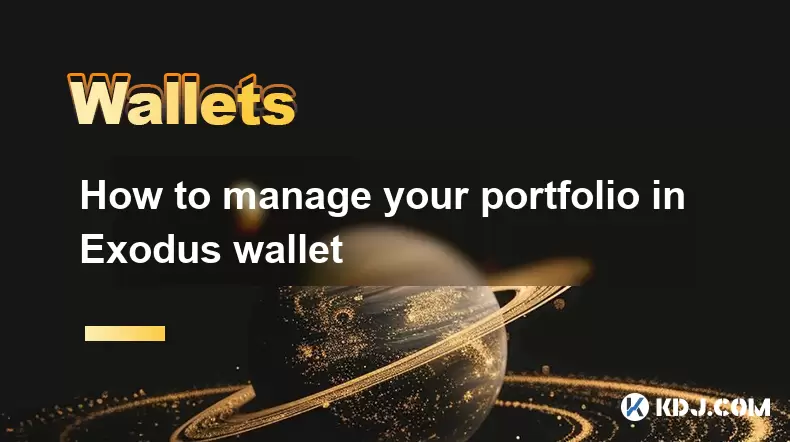
How to manage your portfolio in Exodus wallet
Aug 08,2025 at 10:07pm
Understanding the Exodus Wallet InterfaceThe Exodus wallet is a non-custodial cryptocurrency wallet that supports a wide range of digital assets. When...
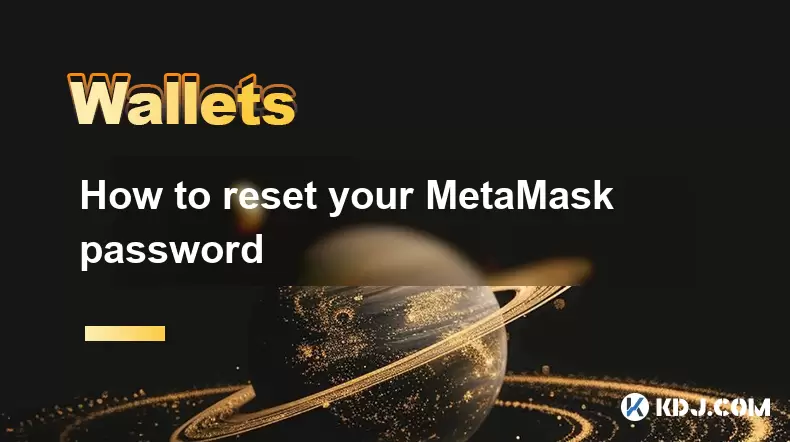
How to reset your MetaMask password
Aug 08,2025 at 01:28pm
Understanding the MetaMask Password Reset ProcessMany users confuse the MetaMask password with the seed phrase or private key, but they serve differen...

How to buy Dogecoin on MetaMask
Aug 08,2025 at 03:42am
Understanding Dogecoin and MetaMask CompatibilityDogecoin (DOGE) is a popular meme-based cryptocurrency that operates on its own blockchain, originall...

How to switch between networks in Trust Wallet
Aug 09,2025 at 11:07am
Understanding Network Switching in Trust WalletSwitching between networks in Trust Wallet allows users to manage assets across different blockchains, ...
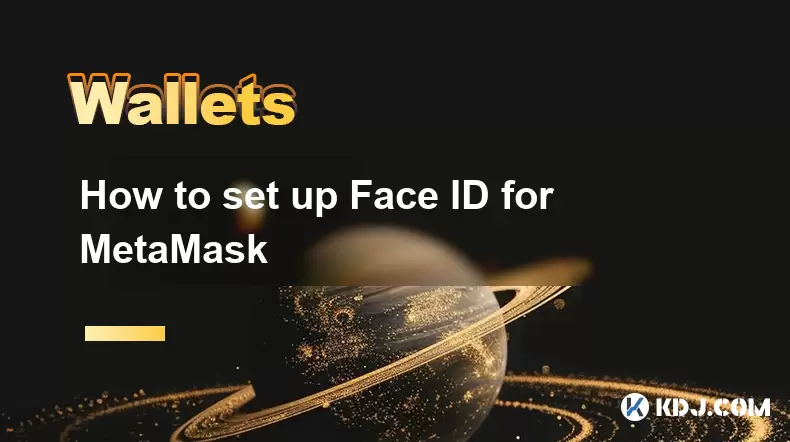
How to set up Face ID for MetaMask
Aug 11,2025 at 09:28am
Understanding Face ID and Its Role in MetaMask SecurityFace ID is a biometric authentication system developed by Apple that uses facial recognition to...
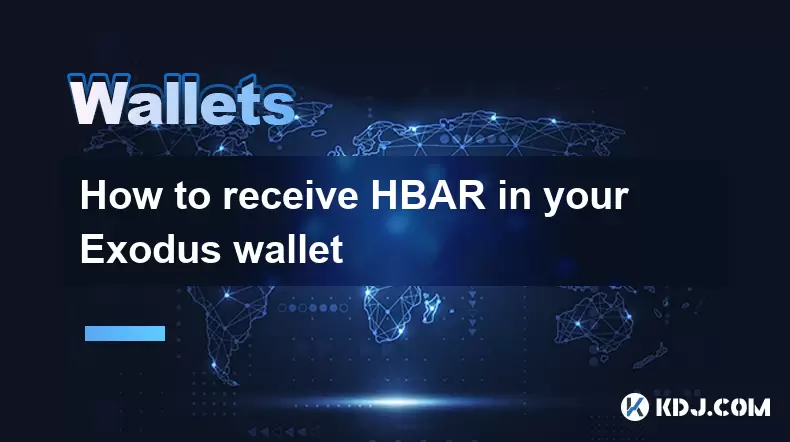
How to receive HBAR in your Exodus wallet
Aug 08,2025 at 11:28pm
Understanding HBAR and the Hedera NetworkThe HBAR cryptocurrency is the native token of the Hedera Hashgraph network, a distributed ledger technology ...

How to manage your portfolio in Exodus wallet
Aug 08,2025 at 10:07pm
Understanding the Exodus Wallet InterfaceThe Exodus wallet is a non-custodial cryptocurrency wallet that supports a wide range of digital assets. When...

How to reset your MetaMask password
Aug 08,2025 at 01:28pm
Understanding the MetaMask Password Reset ProcessMany users confuse the MetaMask password with the seed phrase or private key, but they serve differen...

How to buy Dogecoin on MetaMask
Aug 08,2025 at 03:42am
Understanding Dogecoin and MetaMask CompatibilityDogecoin (DOGE) is a popular meme-based cryptocurrency that operates on its own blockchain, originall...

How to switch between networks in Trust Wallet
Aug 09,2025 at 11:07am
Understanding Network Switching in Trust WalletSwitching between networks in Trust Wallet allows users to manage assets across different blockchains, ...

How to set up Face ID for MetaMask
Aug 11,2025 at 09:28am
Understanding Face ID and Its Role in MetaMask SecurityFace ID is a biometric authentication system developed by Apple that uses facial recognition to...

How to receive HBAR in your Exodus wallet
Aug 08,2025 at 11:28pm
Understanding HBAR and the Hedera NetworkThe HBAR cryptocurrency is the native token of the Hedera Hashgraph network, a distributed ledger technology ...
See all articles





















